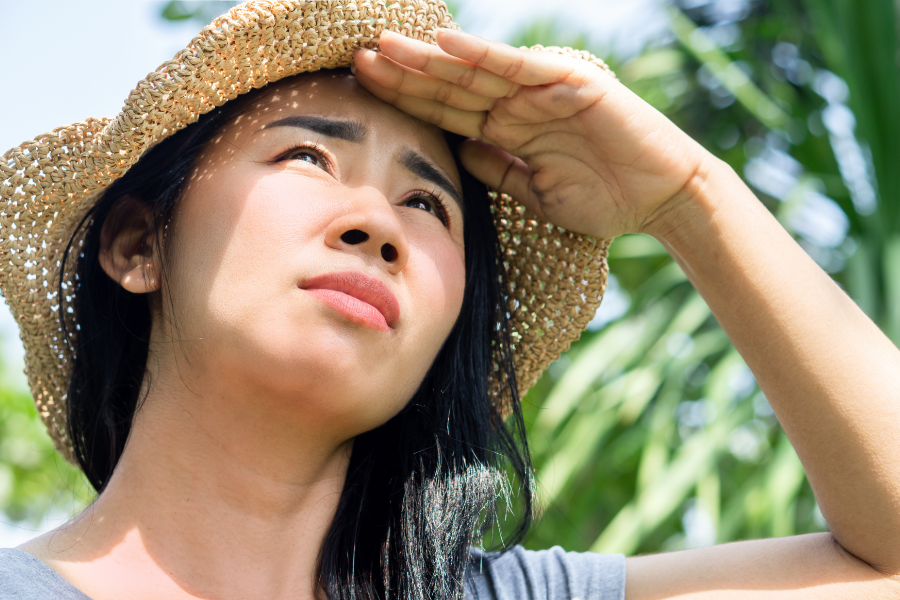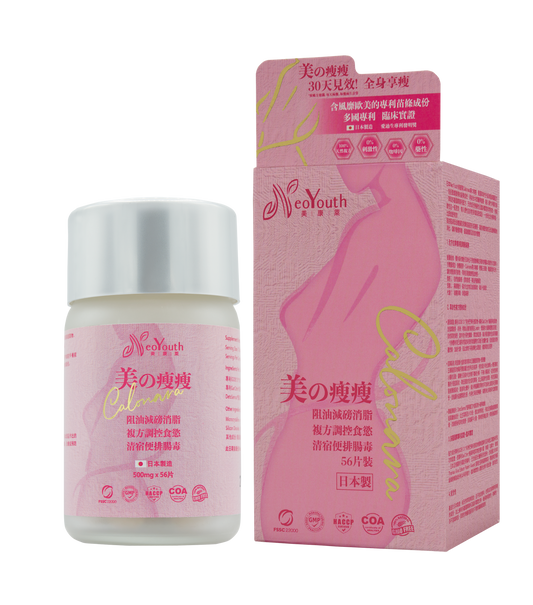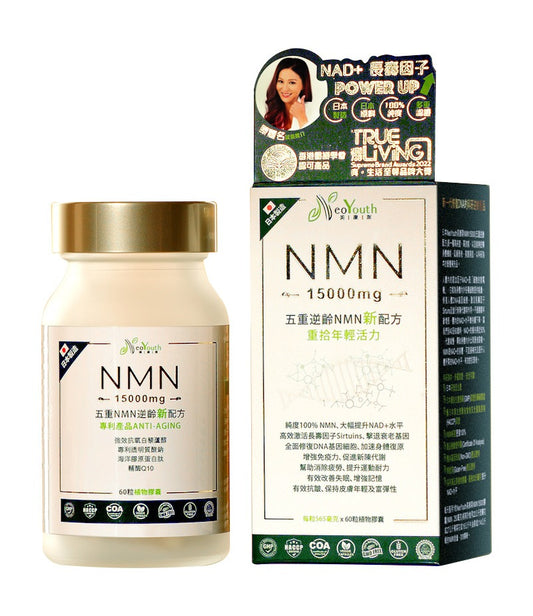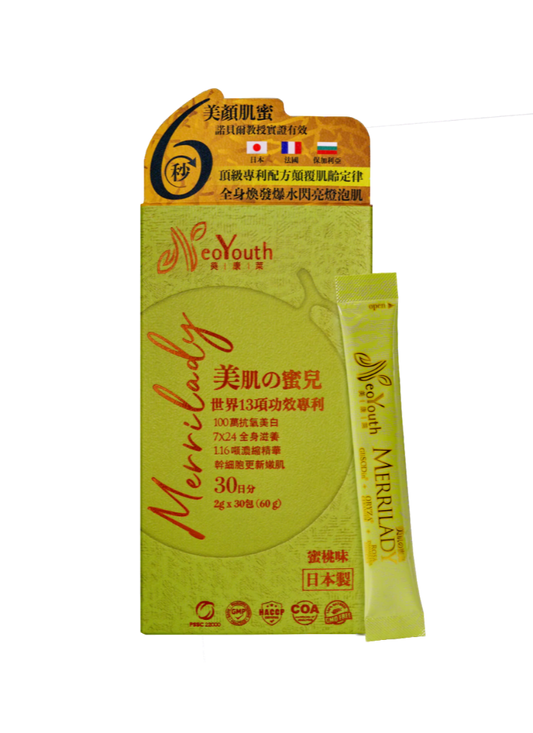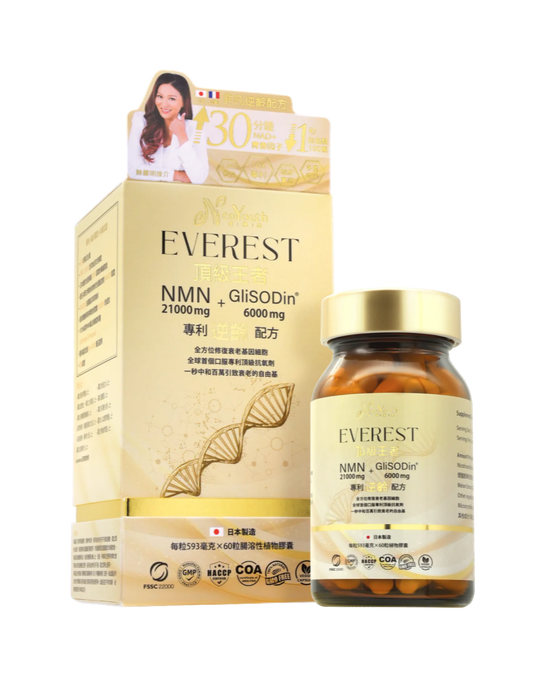Is it true that aging causes more and more fine lines and age spots on the face? Not necessarily. Photoaging may be the real culprit! What exactly is photoaging? How does it differ from natural aging? This article will explore the causes of photoaging and its negative impact on the skin, and recommend effective skincare products to help you maintain youthful and healthy skin.
What is photoaging?
Photoaging refers to the aging of the skin caused by prolonged exposure to ultraviolet (UV) radiation, and it is one of the main causes of premature skin aging. Unlike natural aging, photoaging is mainly caused by external environmental factors, especially UVA and UVB ultraviolet rays in sunlight, which can damage the skin and destroy collagen and elastin fibers, leading to wrinkles, sagging, age spots, and loss of skin luster and elasticity.
Does photoaging equal natural aging?
People may wonder if photoaging is the same as natural aging? Although both can lead to skin aging, they are not the same as natural aging because their causes and characteristics are different.
First, photoaging is caused by prolonged exposure to ultraviolet (UV) radiation. UVA and UVB rays damage collagen and elastin fibers in the skin, leading to wrinkles, age spots, and sagging. In contrast, natural aging occurs as we age, with a gradual slowdown in metabolism leading to collagen loss and reduced skin elasticity, resulting in wrinkles and sagging – an internal and unavoidable process.
Furthermore, photoaging differs from natural aging. Photoaging typically leads to uneven skin pigmentation, increased deep wrinkles, and rough skin, with these problems being more noticeable on frequently sun-exposed areas such as the face, neck, and back of the hands. Naturally aging skin tends to become looser overall and develop more fine lines, but with relatively less pigmentation and age spots.
In terms of preventability, photoaging can be mitigated by sun protection, such as using sunscreen, wearing a sun hat, or avoiding prolonged sun exposure, which helps reduce UV damage to the skin. While natural aging cannot be completely avoided, a healthy lifestyle and good skincare habits can slow down the natural aging process.
Photoaging and natural aging are both major factors contributing to skin aging, but photoaging is effectively preventable. Avoiding UV damage can significantly reduce its impact on the skin, helping to maintain youthful and healthy skin.
Causes of photoaging
The main cause of photoaging is the cumulative long-term damage to the skin from ultraviolet (UV) radiation. Ultraviolet (UV) radiation is a type of light that exists in nature but is invisible to the naked eye. Based on wavelength, energy, and biological effects, UV radiation is generally divided into three types: long-wave UVA, medium-wave UVB, and short-wave UVC, also known as UVA, UVB, and UVC. The main types of UV radiation that cause photoaging are UVA and UVB. However, both types of UV radiation have different degrees of negative effects on the skin, accelerating the aging process. The specific causes of photoaging are as follows:
- UVA penetration: UVA rays have strong penetrating power, reaching deep into the dermis layer of the skin and directly damaging collagen and elastin fibers. When these fiber structures are damaged, the skin begins to show signs of aging such as wrinkles and sagging.
- Surface damage from UVB rays: Although UVB rays have weaker penetrating power, their energy is strong and can easily cause sunburn. At the same time, UVB stimulates melanocytes in the skin, leading to pigmentation and age spots, and accelerating skin aging.
- Sun exposure time and frequency: Since photoaging is directly related to the frequency and duration of sun exposure, continuous exposure to ultraviolet rays will cause a certain degree of damage to the skin. If protection is not taken in the early stages, it will lead to photoaging of the skin in the long run.
- The generation of free radicals: Ultraviolet radiation stimulates skin cells and produces a large number of free radicals. These free radicals attack skin cells, accelerating cell damage and aging. Long-term accumulation of free radical damage reduces the skin's regenerative capacity, causing the skin to lose elasticity and become dull and rough.
Symptoms of photoaging of the skin
Photoaging is a skin aging problem caused by prolonged exposure to ultraviolet (UV) radiation, such as:
- Pigmentation and age spots: Ultraviolet rays stimulate melanocytes, leading to pigmentation and the formation of freckles, sun spots, or dark spots;
- Large pores: Reduced skin elasticity makes pores appear larger;
- Rough and dry skin: Ultraviolet rays can damage the skin's natural barrier function, leading to moisture loss and making the skin surface rough and dry;
- Increased wrinkles and fine lines: Because ultraviolet rays damage the collagen in the skin, the skin gradually loses its elasticity, and obvious wrinkles and fine lines appear on the surface.
Photoaging can make skin appear older than its actual age and lead to a decline in skin texture. Taking sun protection measures early and using skincare products that combat photoaging can help reduce the adverse effects of ultraviolet rays on the skin, helping you maintain youthful and healthy skin.
Methods to prevent photoaging
The key to preventing photoaging lies in reducing the long-term and direct damage of ultraviolet rays to the skin, while also protecting the skin through a variety of care measures.
First and foremost, using sunscreen is the most basic preventative measure. Choose a suitable sunscreen and apply it 15 to 30 minutes before going outdoors to effectively block UV rays. Even on cloudy days or indoors, it is recommended to continue using sunscreen and reapply every 2 to 3 hours to ensure long-lasting protection.
In addition to sunscreen, wearing a sun hat, sunglasses, or using a parasol when outdoors, especially during peak UV hours (e.g., 10 am to 4 pm), provides extra protection for your skin. Wear sun-protective clothing when engaging in outdoor activities to reduce skin exposure to sunlight.
Antioxidant skincare is also an important part of preventing photoaging. Choosing skincare products containing antioxidants such as vitamins C and E can neutralize free radicals caused by ultraviolet rays and reduce damage to skin cells. In addition, consuming more antioxidant-rich foods such as green tea, tomatoes, and dark green vegetables in your daily diet can also enhance the skin's resistance and reduce the damage of ultraviolet rays to the skin.
How to effectively treat photoaging of the skin? We recommend Merrillady's Triple Skin Care Formula from Japan.
NeoYouth Merrilady, a Japanese skincare product , boasts 13 international efficacy patents. Combining revolutionary triple-care ingredients with three nationally recognized scientific formulas in perfect golden ratio, it has been clinically proven to provide 24-hour continuous and highly effective skin nourishment and rejuvenation. It continuously delivers hydration, brightening, anti-inflammation, and protection against oxidation by 1 million times, gradually repairing photo-aged skin and improving skin problems caused by natural aging, allowing you to regain youthful, healthy, and firm skin.
NeoYouth's Merrilady, a Japanese skincare brand, features three world-class ingredients, including GliSODin®, a patented French melon extract known as "super enzyme SOD." This ingredient is a top-tier component in the clinically proven antioxidant pyramid and is extracted from natural plant active ingredients. It is the world's first clinically proven SOD that is effective orally and can be absorbed through the digestive system.
Photoaging not only increases wrinkles and fine lines but also dries out the skin. Oryza Ceramide® (also known as ceramide or ceramide ceramide), a patented Japanese ingredient, is the only clinically proven ingredient in Japan to have both moisturizing and whitening effects. It replenishes moisture in the skin layers and strengthens the skin barrier to prevent moisture loss.
In addition, the high-concentration extract of Bulgarian Damask rose stem cells is a world-renowned nourishing ingredient containing unique active essences and various nutrients. It can repair the symptoms of photo-aged skin one by one. The stem cells in it can protect and resist the damage of ultraviolet rays, and are effective in promoting the regeneration of epidermal cells, improving the skin's ability to resist ultraviolet rays, and anti-inflammation.
Preventing photoaging and natural aging is closely related to lifestyle habits and nutritional supplements. Having learned about the causes, symptoms, and prevention methods of photoaging, we can start by improving lifestyle habits and strengthening antioxidant skincare to prevent and improve photoaging. If you have any questions about the Japanese brand Merrillady's Triple-Action Skin Care Formula, please feel free to contact us.
Reference:
https://www.nafulife.com/blog/posts/photoaging-nafulife
https://www.purestartfromnatural.com.hk/blog/posts/%E8%AA%8D%E8%AD%98%E4%B8%89%E7%A8%AE%E7%B4%AB%E5%A4%96%E7%B7%9A-uva-uvb-uvc
https://www.hkgnu.org/peau.pdf
https://www.e-champ.com.tw/skin_details.php?arg=pu3IJMwIjnxMJ7MK

